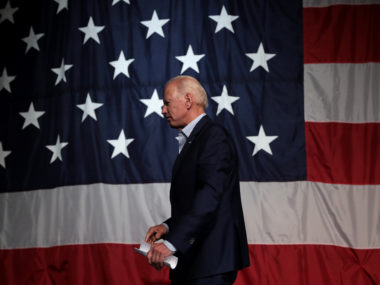
A few years back, an urban myth that Super Bowl Sunday was ground zero for domestic violence swept through the airways. Supposedly, more women were attacked by their husbands or partners that Sunday than any other day of the year. This myth has never been proven, but it does suggest a puzzle. Anecdotally, it appears that National Football League players are more prone to violence against women than the average American man — think OJ Simpson, Rae Carruth, and Jovan Belcher. Although hard evidence is lacking, some statistics suggest this is the case. Jeff Benedict, an English professor at Southern Virginia University, has written extensively about athletes and crime. He found that between January and August 2010, 125 college and professional football and basketball players were arrested for violence, weapons, or substance abuse. Twenty percent of those 125 cases were for domestic violence. Benedict only found a handful of serious charges for athletes from other sports such as baseball, hockey and boxing.
So today’s puzzler is this: Why would professional football players (and basketball players, for that matter) be more prone to domestic violence than athletes from other sports, and the average American man?
Answer to last weeks puzzler:
Last Friday I asked why the hundreds of college-level classes being offered online are disproportionately taught by men. I don’t know why this is the case, but I have at least three theories. The first is that women are electing not to volunteer to teach these classes. This may be because female instructors have too many other things going on in their lives, and don’t feel they can add any additional responsibilities to their already-full plates. It is also possible that a larger proportion of these women are assistant professors striving to get tenure and, therefore, focusing more on research than teaching.
The second theory has to do with executives at companies like Coursera and Udacity, and their choices of teachers to solicit to instruct online courses. It could be that executives are consciously choosing a disproportionate number of male professors because they believe that these classes will attract more students. Research has shown that students consistently give male professors higher teaching evaluations than their female colleagues, all else equal. Hence, these executives could be choosing men because they think it will be better for their bottom line.
The third potential explanation is simple bias, whether conscious or unconscious. It could be that executives at these companies are simply choosing more men for idiosyncratic reasons that have nothing to do with the quality of teaching, the supply of teachers, or the demand for certain types of teachers.
Additional research will be required to figure what exactly is driving this. I have a graduate student — Julian Himes — working on it now.







